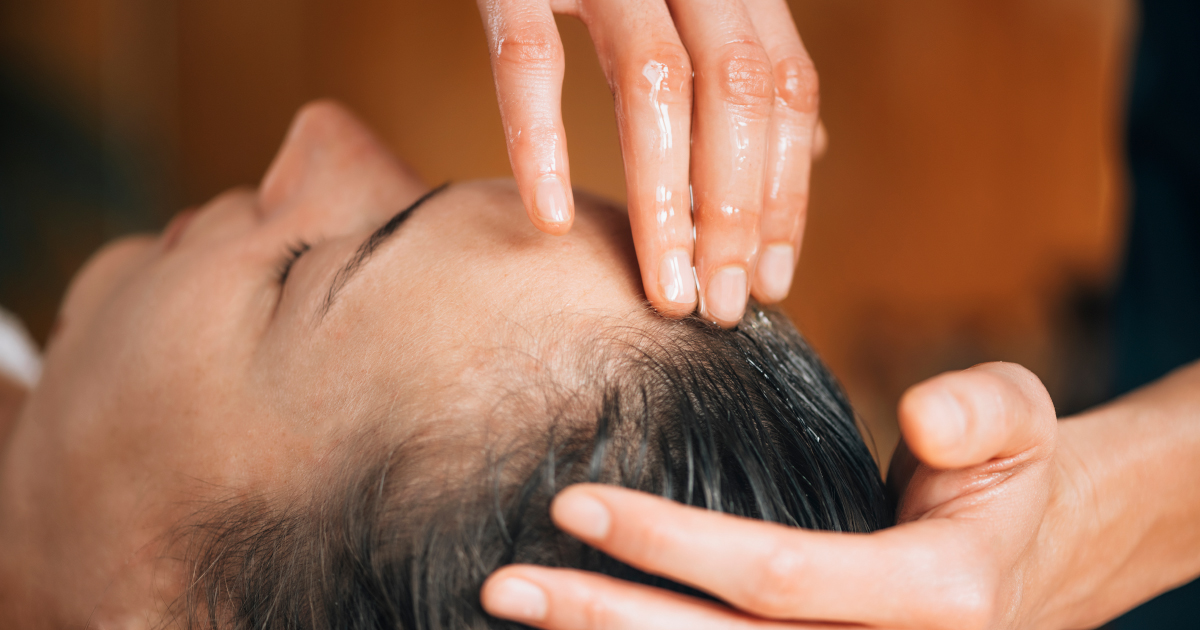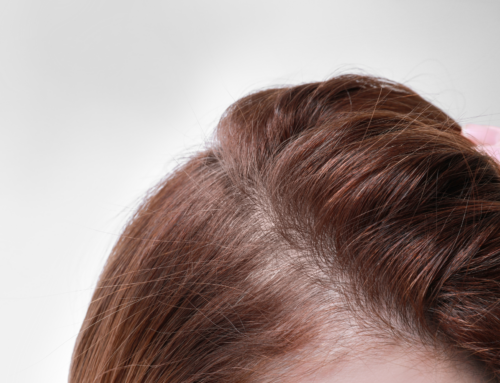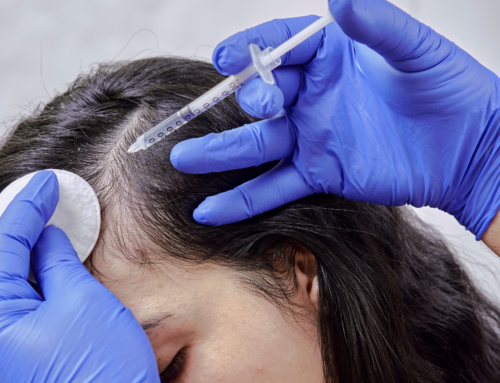When it comes to hair loss, calcification caused by a lack of blood flow is often overlooked. It isn’t part of drug-based protocols, and hair loss surgical clinics have only recently started addressing it. Yet, restoring the scalp to a healthy state is crucial to restoring dormant follicles.
What is Calcification?
Calcification and fibrosis – like hair loss – are chronic and progressive. Once we reduce the triggers that lead to calcification and fibrosis, we can target and potentially reverse hair loss. When it comes to reversing calcification and fibrosis and restoring dormant follicles, we must increase oxygen, blood and nutrient flow.
The truth is, fibrosis doesn’t just happen on top of the scalp. It occurs in the vessels and soft tissue all over the body, and pattern baldness has been closely linked to heart disease. According to a Harvard study, once a vessel wall has been injured and arterial plaque begins to develop, calcium can start to accumulate in the plaque, eventually hardening and calcifying.
How Does Blood Flow Contribute?
Studies show balding scalp biopsies are often accompanied by vascular thrombosis – blood clots inside the blood vessels that block blood flow and nutrients from going to the hair follicle.
When comparing non-balding scalps to balding scalps, researchers found that balding scalps produce finer, less pigmented hairs which are noticeably less vascularized. When the balding scalp cultures were given additional blood supply, the growth rates increased by 80%.
In the final stages of pattern baldness, studies show reduced scalp oxygenation and vascular insufficiency in the areas of hair loss. Even more notable, the tissue surrounding hair follicles gradually lose capillaries until the skin appears to be devoid of blood vessels.
Microneedling
While injections of botox have been shown to increase oxygen to the front area of the scalp, reducing hair loss and new growth among men with pattern baldness, the best scientifically proven method for reducing scalp calcification and fibrosis is energetic stimulation, through microneedling.
Microneedling, which was originally developed to reduce scars and abnormal pigmentation, uses nano-needles to create shallow perforations in the skin, creating a controlled acute injury. Improvement from microneedling occurs because of the body’s natural healing response to minor, superficial trauma. Shallow perforations also enhance penetration of products applied to the skin immediately after treatment.
Four years ago, I began applying the techniques I used for post-surgical and facial scarring to my clients with hair loss. I found it helpful to increasing localized blood flow, reducing scalp fibrosis and scarring, as well as enhancing the penetration of growth factors and peptides.
Microneedling alone may help with some Androgenetic Alopecia cases. A 2014 study confirmed micro-wounding’s benefits on hair regrowth with, (1.5 mm) on humans. In this study, every participant cited hair improvement of +2 and +3 grades on a 7-point scale in just six months.
While microneedling isn’t the panacea for hair loss, it’s certainly the most promising treatment for breaking down calcification and fibrosis. If you have questions about your particular hair loss problems, feel free to reach out, and set up a risk-free consultation. We would be happy to answer any questions you might have, or you can visit us at our St. Petersburg, Florida clinic and schedule an appointment by calling 727-231-6689.





